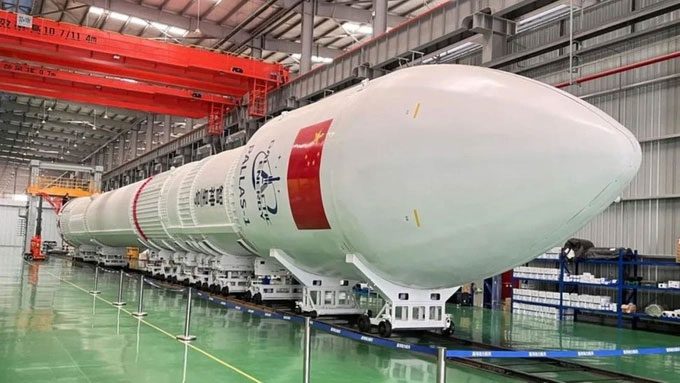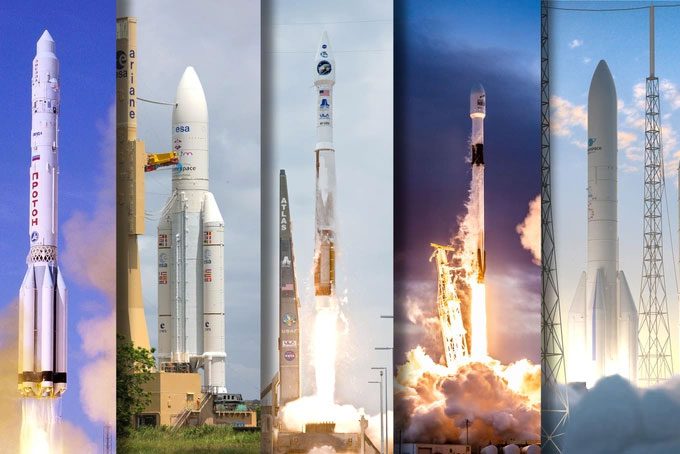Galactic Energy: A Chinese Startup That Could Change the Space Exploration Race
In 2017, the American space company SpaceX, led by Elon Musk, made history by successfully launching a reused Falcon 9 rocket.

Pallas 1 rocket by Galactic Energy. (Photo: GE).
Now, a startup from China has the opportunity to achieve a similar milestone. If their mission is successful, it will advance China further in the global space race.
At the end of July, Galactic Energy announced that they are testing the jet engine of a launch vehicle. This component will support the rocket’s safe landing, thereby laying the groundwork for reuse.
Representatives from Galactic Energy stated that the trajectory deviation, landing point deviation, and other performance metrics of the engine have met design requirements. The test is part of the plan to reuse the Pallas 1 rocket in the company’s upcoming mission, scheduled for deployment in 2024.
The rocket is designed to carry a payload of 5,000 kg to low Earth orbit and return safely. Here, the rocket can be recovered by landing vertically, similar to SpaceX’s plan for the Falcon 9 in 2025.

The US leads in the production and operation of reusable rockets. (Photo: Space).
Most previous launch vehicles were designed to burn completely when separating from the spacecraft and returning to Earth’s atmosphere, making launches very costly and time-consuming.
However, two American giants, SpaceX and Blue Origin, have opened a new revolution in the industry by significantly reducing costs for space travel through reusable rockets.
As of now, China has yet to successfully launch any reusable rockets. This remains an area where the Americans demonstrate their superiority.
However, everything could change rapidly in the next decade, as China is just beginning to enter the “game.”
In China, not only Galactic Energy but also many other space companies like Landspace, iSpace, Deep Blue Aerospace, CAS Space, and Space Pioneer are all aiming for similar goals.
Among them, the Zhuque 2 rockets from Landspace, Nebula 1 from Deep Blue Aerospace, and Tianlong 3 from Space Pioneer are highly anticipated due to their significant potential.
In May 2023, China announced an ambitious plan to send humans to the Moon before 2030. To implement this plan, the synchronized deployment of reusable rockets is considered a necessary stepping stone.


















































